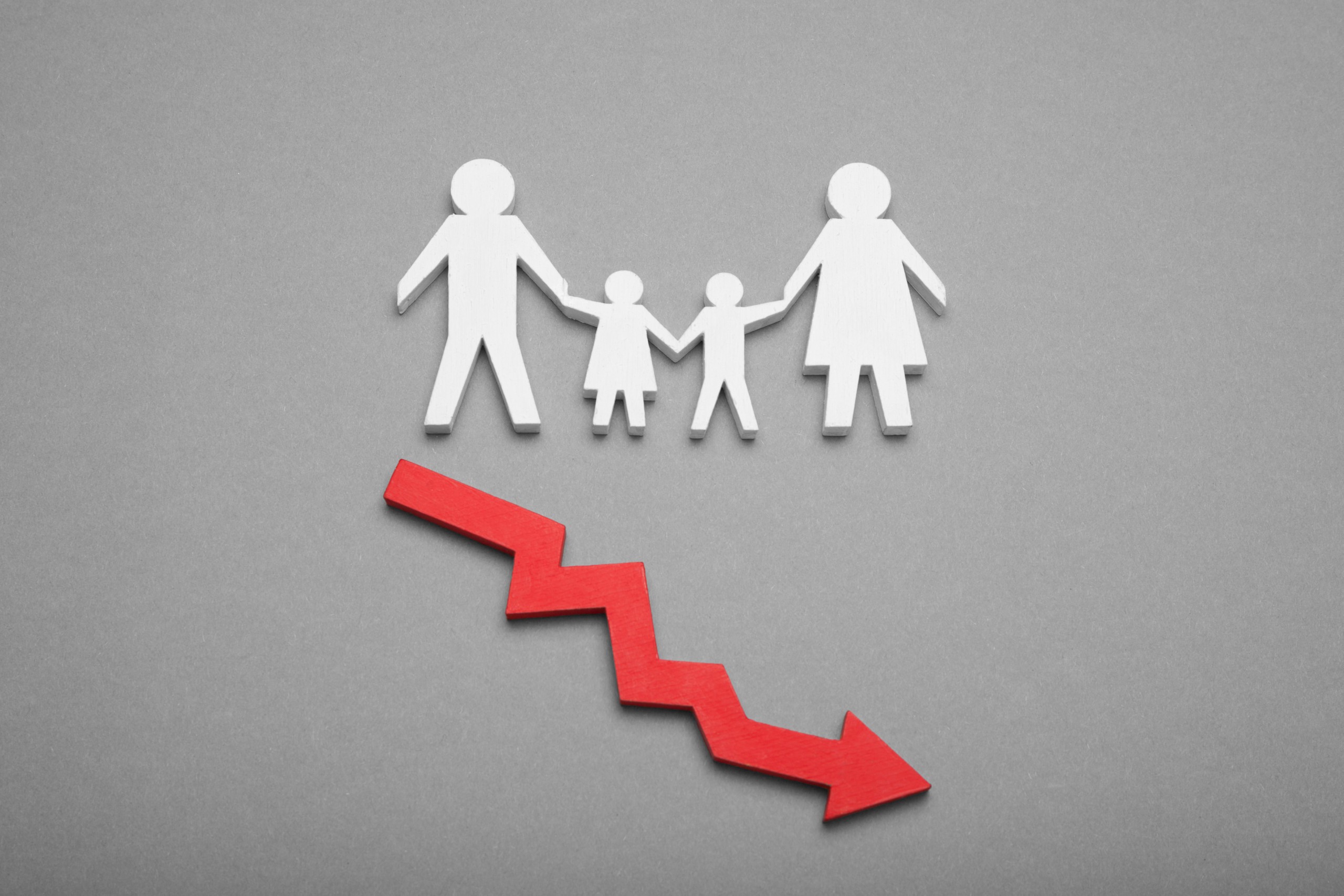Infertility is a global issue and addressing it is an important element in sexual and reproductive health and rights. To better understand the magnitude of infertility, the World Health Organization (WHO) has recently released a comprehensive report, providing valuable insights into the prevalence, causes, and consequences of infertility by analyzing all relevant studies from 1990 to 2021. The report provides important insight to develop the right interventions, ensure access to care, and to mitigate the risk factors and consequences of this condition.
Global Infertility Statistics
The WHO report identified 12,241 potential studies of which 133 were selected for the systematic review. The WHO estimates that globally, and based on data from 1990 to 2021:
- One in six people have experienced infertility at some stage in their lives
- 17.5% have experienced infertility in their life (lifetime prevalence of infertility)
- 12.6% are experiencing infertility at any point in time (period prevalence of infertility)
There are some variations between regions, but not across income levels:
At 23.2%, lifetime prevalence of infertility is highest in the Western Pacific Region and lowest in the Eastern Mediterranean region (10.7%). The African Region has the highest period infertility prevalence (16.4%). The WHO notes that the regional differences identified may not be substantial or conclusive due to data gaps and overlapping confidence intervals.
Interestingly, estimates of infertility prevalence are similar across countries with different income levels. High income countries have a lifetime infertility prevalence of 17.8%, with 16.5% for low and middle income countries. At 12.6%, period infertility prevalence was the same for both high-income and low- and middle-income countries.
Global Statistics for primary and secondary infertility:
- The estimated pooled lifetime and period prevalence for primary infertility was 9.6% and 9.0%, respectively
- For secondary infertility, estimated pooled lifetime and period prevalence were 6.5% and 4.9% respectively.
The WHO says there isn’t enough evidence to be able to pinpoint whether infertility is becoming more prevalent or not.
These statistics further affirm that infertility is truly a global issue – so if you’re going through it, you’re not alone. As Dr. Tedros Adhanom Ghebreyesus, WHO Director-General notes, “The sheer proportion of people affected shows the need to widen access to fertility care and ensure this issue is no longer sidelined in health research and policy so that safe, effective and affordable ways to attain parenthood are available for those who seek it”.
Valid and reliable estimates of infertility are crucial for understanding the burden of this condition formulating appropriate policies, advocating for prevention, and monitoring the provision of fertility care services. The estimates indicate that a substantial number of individuals will require infertility care services, and policymakers and providers must work hand in hand to ensure access for those who seek treatment.
Dealing with infertility can be challenging. Seek the help you need, both in terms of treatment and emotional support. Sharing what you’re going through with others can help you cope with this diagnosis and find the path that’s right for you.
Monitor your sperm quality and take control of your reproductive health with the YO Home Sperm Test.







